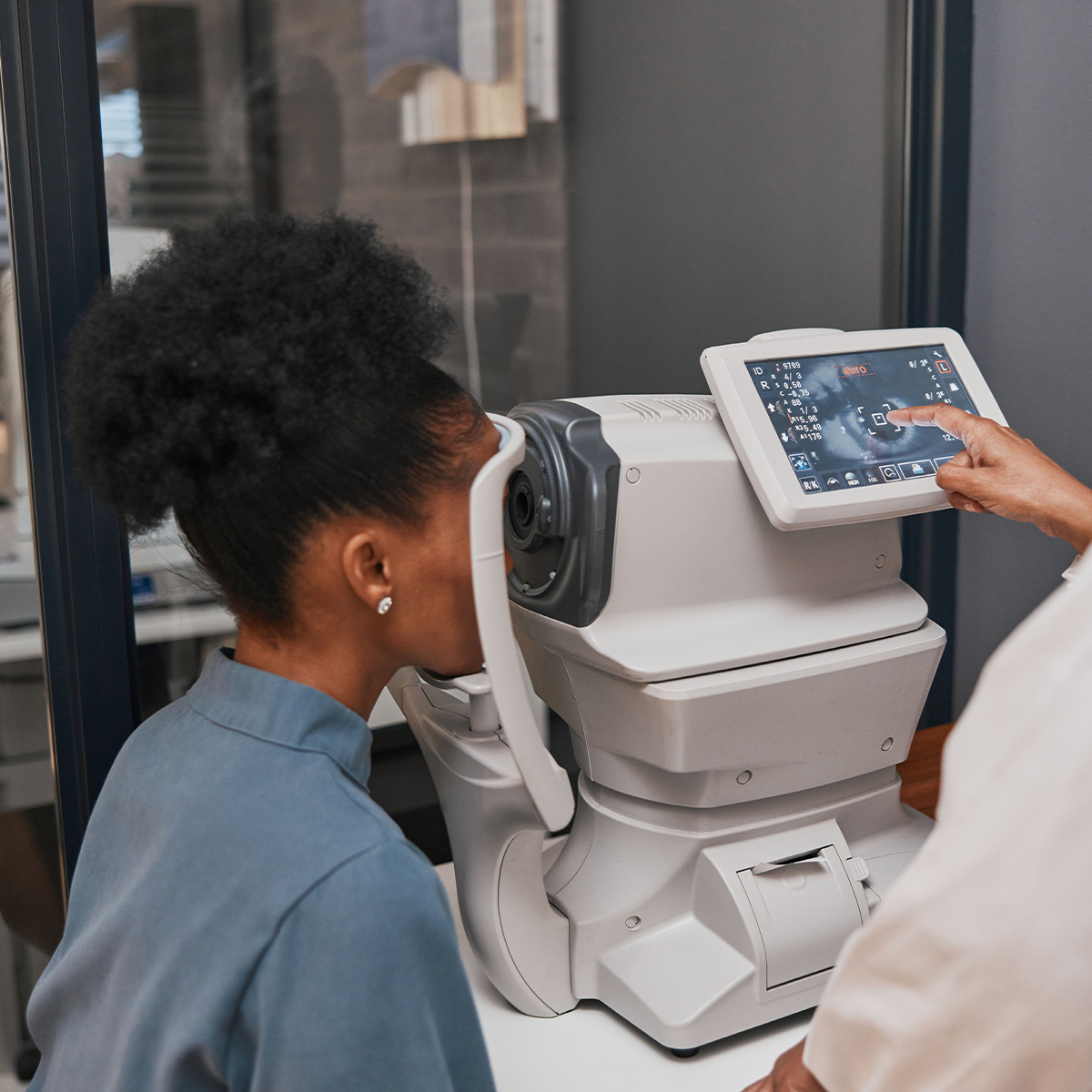Remember when you first heard that Benjamin Franklin invented “bifocals”? You probably thought he invented glasses, right? Well, it turns out that Franklin’s contribution was in perfecting a version of glasses with multiple lenses for those with complex vision needs. So, who actually invented glasses? The answer is shrouded in historical ambiguity. Join us as we explore the captivating journey of glasses, from their humble beginnings to the remarkable eyewear we have today.
Pre-Glasses History
Before the invention of glasses, humans had been experimenting with methods to magnify their vision for thousands of years. However, these early attempts were somewhat crude and imprecise, utilizing natural materials to bend light. The concept of magnification remained a scientific enigma for most of ancient history. Assyrians in 700 B.C. used crystal, while the Roman philosopher Seneca resorted to using water in a bowl as a magnification tool. It wasn’t until around 1000 to 1250 A.D. that a more accurate magnification tool, known as the “reading stone,” came into common use. These concave pieces of glass were widely utilized by literate monks.
The Invention of Glasses
The exact inventor of glasses remains unknown due to conflicting historical records. However, it is believed that the invention emerged in late 13th century Pisa, Venice, or Florence. Various individuals, including Salvino D’Armate of Florence and Alessandro della Spina, have been credited with the invention. Nonetheless, the epitaph claiming D’Armate as the inventor has since been proven fraudulent, and della Spina appears to have been an advocate who shared the invention rather than its original creator. The earliest glasses had a simple design, featuring two circular frames, quartz lenses, and a nose rest without any arms behind the ears. With the establishment of standardized manufacturing practices, Italy became a hub for the spectacles business, exporting glasses throughout Europe.
Improvements Over Time
Since their invention, glasses have undergone numerous revisions and reinventions. Initially, rivet spectacles resembling two affixed magnifying glasses were prevalent. They were followed by pince-nez glasses, which the wearer pinched to fit the nose, and then glasses with handles like scissors-glasses and lorgnettes. In the early stages, these glasses primarily addressed farsightedness and age-related vision loss, with glasses for nearsightedness becoming available in the 15th century. For several hundred years, people relied on handheld or handled glasses, often balancing them precariously. It wasn’t until 1730 that Edward Scarlett invented rigid temple pieces, or “arms,” for glasses. Before that, wearers had to make do with ribbons or chains to keep their glasses steady. Interestingly, it wasn’t until the 1800s that people began visiting eye doctors for glasses, and the iconic eye chart with the giant E wasn’t introduced until Herman Snellen’s invention in 1862.
Today, we are fortunate to have access to regular vision screenings and a vast array of stylish and specialized frames. At Twin Cities Eye Consultants, our experienced ophthalmologists can conduct expert eye examinations to determine if prescription lenses are suitable for you. With our wide selection of glasses, we will assist you in finding the perfect fit. Whether you need an annual exam, an updated lens prescription, or simply want to explore a new style, schedule an appointment online or call 612-999-2020 today. Step into the world of glasses, where functionality meets fashion, and discover a clearer vision for the future.




